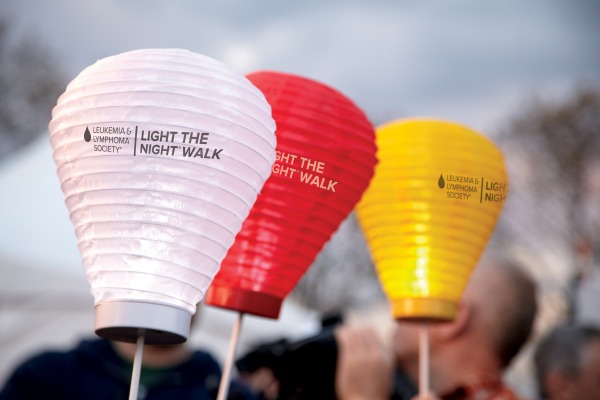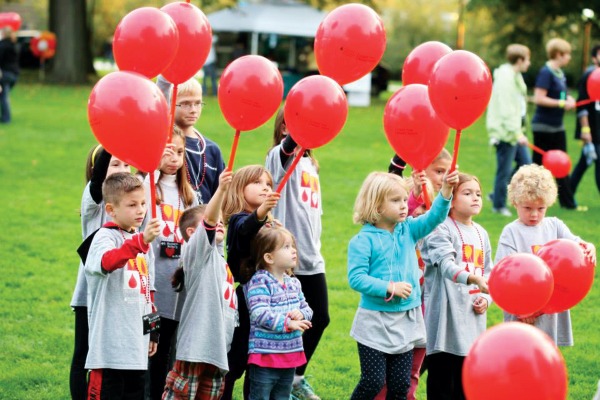
Jet to an exotic country. Get immersed in local customs. Help build a house or dig a well. Make buddies with fascinating people you’d never meet otherwise. A “voluntourism” trip seems like a great way to give back or improve the world in a small way. It can be, but you should ask a lot of questions before signing up and plunking down cash.
Over the last several years, this well-meaning market has grown quickly, with studies estimating 1.6 million volunteer tourists per year and growing. About 33 percent of volunteer travelers are between the ages of 20 and 40. Another 34 percent are slightly older, between 41 and 60. Overall, the travelers are more likely to be female. However, the impact of these trips is hard to quantify. A large majority of the tourists take them because they want to help alleviate poverty and find joy in the camaraderie.
Voluntourism: Helpful or Hurtful?
In a piece for the Guardian called “Beware the ‘Voluntourists’ Doing Good,” Ossob Mohamud writes that there are more effective ways to help the needy than take a trip. His concern is that very often the helpers come off as patronizing and condescending, with little understanding of the local culture and the people’s actual needs.
Other critics complain that high-paying volunteers take jobs away from local laborers. The engagement between volunteers and Cambodian orphans may seem endearing — until you discover some of these children have families, and are just being hired out to entertain big-hearted tourists with sob stories. In other reported cases, an orphanage may keep the conditions of an institution squalid to ply more money from tourists primed to donate. Even if the orphans do connect with the volunteers, they’re once again faced with feelings of abandonment when the tour is over.
Not all NGOs think voluntourism is bad. Chris Johnson, director of communications for the Fuller Center of Housing, is less concerned about a volunteer’s impetus for choosing to build homes for families in the mountains of Peru or Nepal “as long as the work gets done.” In a New York Times article, he explained that the families who benefit from the new residence probably don’t care if the builders are doing it for selfish reasons.
How Do You Know If Your Program Is Effective?
So, how do you know if the program you’re paying for is actually helping people? There are several important details to consider that will help uncover the impact of the tour, outlined by the editors of the site Ethical Volunteering.
1. Bigger Isn’t Always Better
While you might think the more you pay for a tour, the more impact it will have, a more expensive tour may have less impact because it has fewer connections to local organizations.
2. Watch out for Grand Promises
As much as you want to think you’re “changing the world,” the reality is you’re giving a small boost to an organization that needs a hand. Be mindful of marketing that promises more.
3. Don’t be swayed by pictures of children
It’s great to help children, but if you’re looking at a brochure that tugs at your heartstrings rather than demonstrates what impact you’re making, be wary.
4. Check if the organization screens volunteers
Is this organization of change hoping to capitalize on your skills, or does it just need your money? Take heed if it doesn’t care about what capabilities you have.
According to a study by the Adventure Travel Trade Organization, the most popular volunteer programs offer the opportunity to work with children, support education, protect the environment, create local jobs, and assist clean water projects.
While the popular voluntourism destinations are in Asia, Africa and Latin America, it’s also possible to assist NGOs in cities such as New Orleans and Orlando. Some hotels in Denver, like the Four Seasons Hotel Denver, have been known to offer a discount to guests willing to spend half a day working with charity.
Find a project that makes for a great experience while also positively impacting the world.
This post was posted by TheHipmunk on Hipmunk’s Tailwind blog on August 28th.














